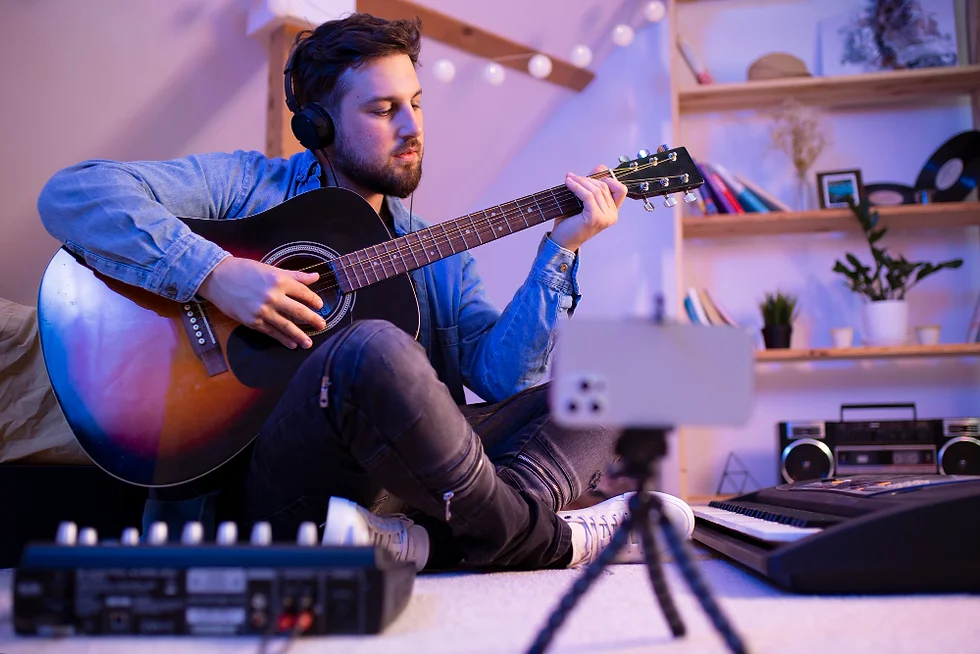Harmonizing Words and Melodies: Building Your AI Text-to-Music Experience
In the digital age, artificial intelligence is revolutionizing creativity, allowing us to explore new ways of transforming text into music. Building your AI text-to-music system involves a fusion of linguistic and musical intelligence, enabling words to become melodies that can stir emotions, inspire, and even tell stories in an entirely new way.
Understanding AI Text-to-Music Technology
AI text-to-music technology leverages natural language processing (NLP) and machine learning to convert written text into harmonious soundscapes. It analyzes the emotional tone, rhythm, and meaning of the words and translates them into corresponding musical elements such as melody, tempo, and instrumentation. By identifying patterns and sentiment in text, AI can generate music that aligns with the intended mood, whether it be joyful, melancholic, or uplifting.
Key Components in Building Your AI Text-to-Music System
- Natural Language Processing (NLP): NLP enables AI to interpret the nuances of written text, identifying key emotions and thematic elements that influence the music composition.
- Music Composition Algorithms: These algorithms generate melodies, harmonies, and rhythms based on the extracted emotional cues from the text.
- Sound Synthesis and Instrumentation: AI determines the best instruments, tempo, and dynamics to match the essence of the words, creating a more immersive experience.
- Machine Learning Models: By training AI on vast musical datasets, it learns how different emotions and themes are commonly represented in music, refining its ability to generate expressive compositions.
The Art of Expressing Text Through Music
The beauty of AI text-to-music lies in its ability to capture the depth of human expression. A poetic phrase about a serene landscape might be transformed into a gentle piano melody, while a passionate declaration of love could become a sweeping orchestral piece. The interplay between text and music creates an entirely new artistic medium where words are no longer confined to the page but resonate in soundwaves.
Challenges and Ethical Considerations
While AI-generated music is a powerful tool, there are challenges to consider. Ensuring originality and avoiding overly generic compositions require continuous advancements in AI training. Additionally, ethical concerns regarding authorship and creative ownership must be addressed as AI plays a more significant role in the artistic process.
The Future of AI Text-to-Music
As technology evolves, AI text-to-music systems will become more sophisticated, offering greater personalization and deeper emotional resonance. The ability to turn written expressions into unique soundscapes opens up new possibilities for artists, writers, and musicians alike.
Building your AI text-to-music system is a journey of merging technology with creativity, where words transcend language and become melodies that speak to the heart. This innovative field not only enhances artistic expression but also redefines the way we experience and interact with music in the modern world.
Stay in touch to get more updates & news on The Glorious Fashion!





